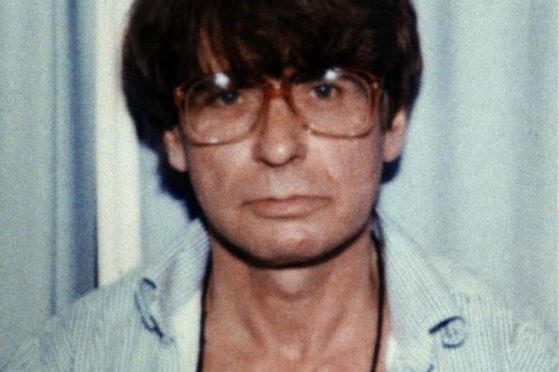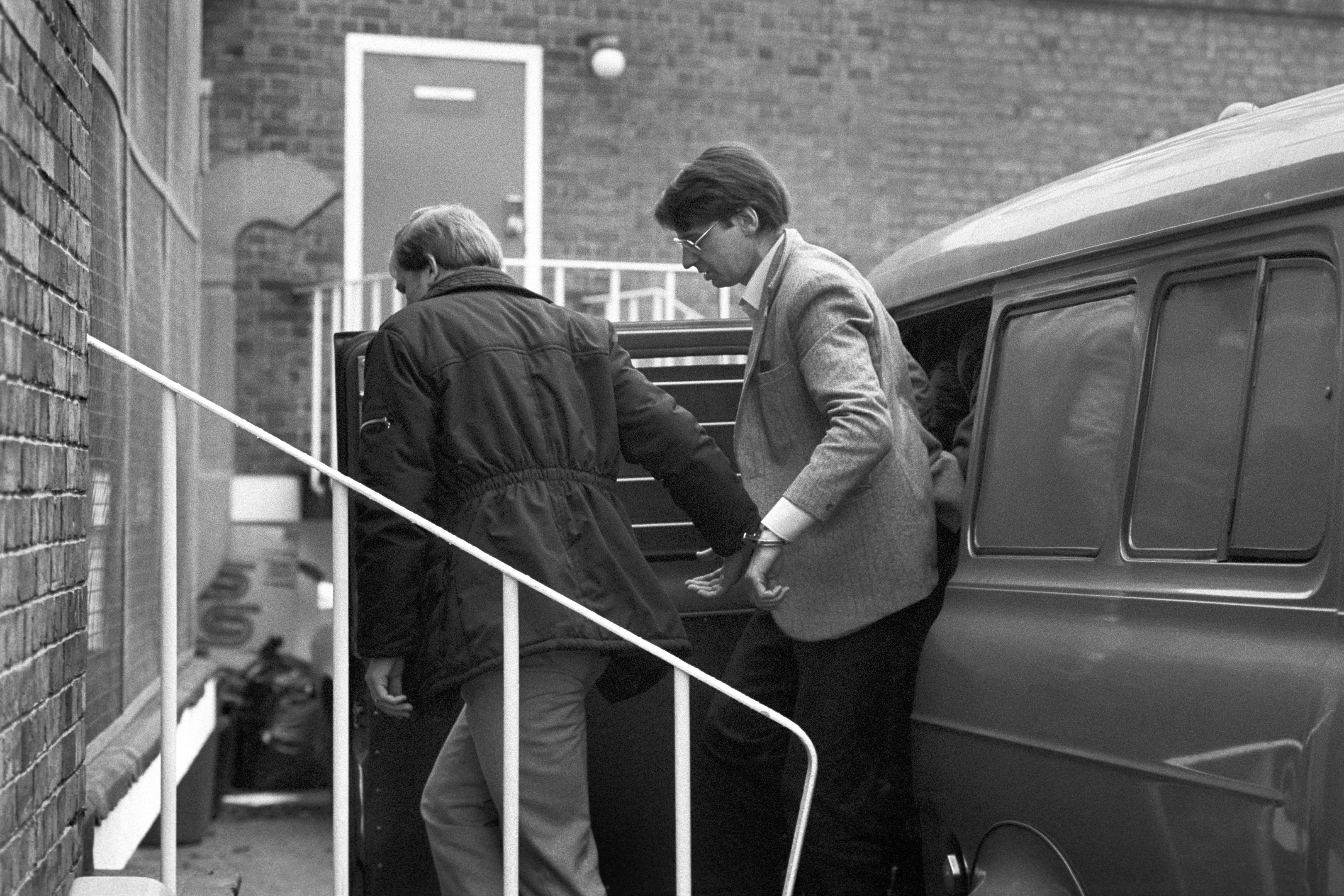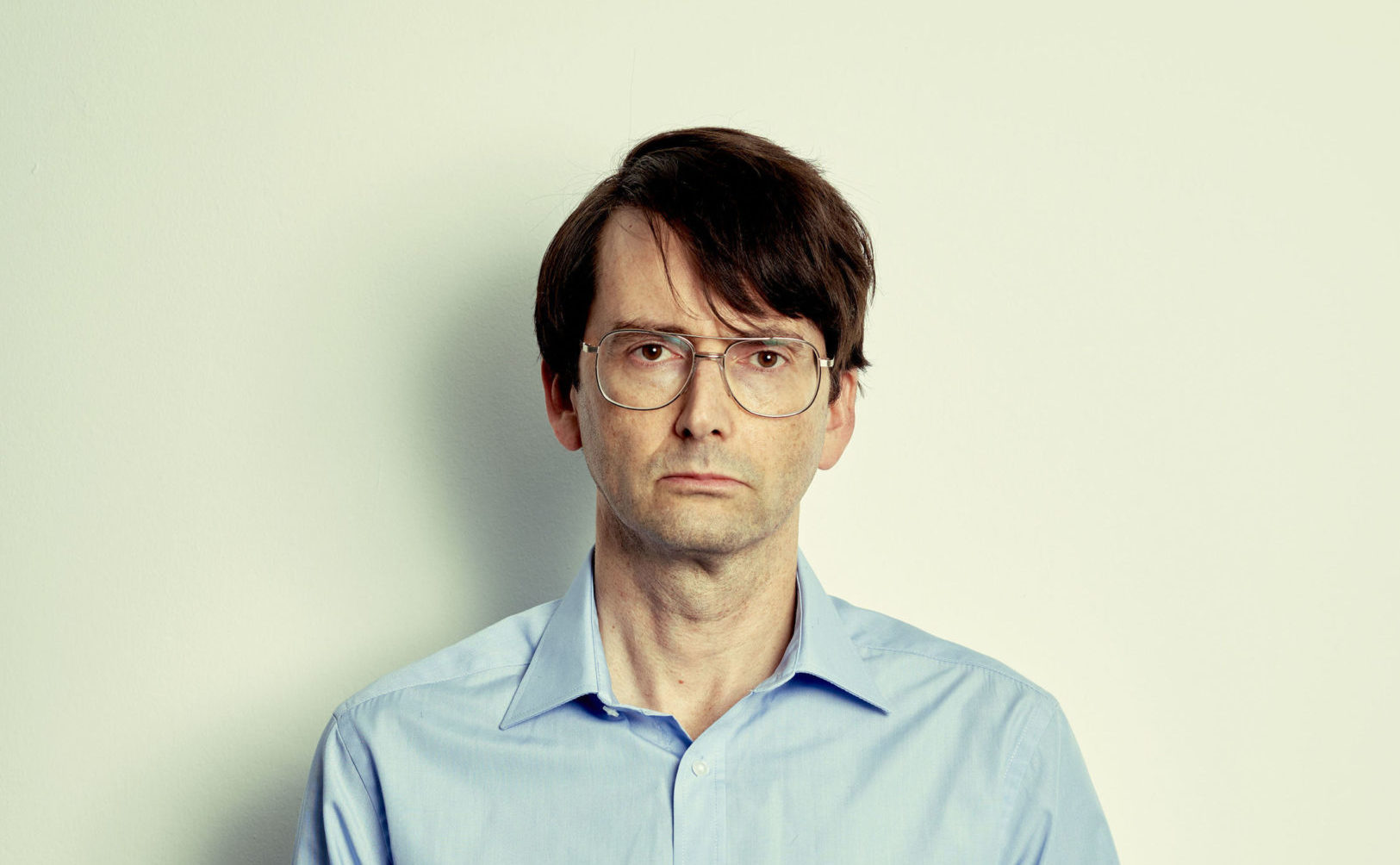Serial killer Dennis Nilsen, who killed more than a dozen young men in the 1970s and 1980s, has confessed to more murders from “beyond the grave”.
In a new book based on notes he documented while serving more than 25 years in a high security prison, the Fraserburgh native posthumously admits a string of new crimes.
Nilsen claims he strangled at least two previously unknown male victims, and carried out a sex attack on a drunken soldier several years before he committed his first murder.
From the archives
-
How a childhood trauma put Dennis Nilsen on path to murder
-
Who were Dennis Nilsen’s victims?
-
Dennis Nilsen: Why I will never fight for my freedom
The controversial book, History of a Drowning Boy, will be published by RedDoor Press this week, and claims to uncover the motives for Nilsen’s killing spree where he butchered at least 12 young men in North London between 1978 and 1983.
He was eventually caught and imprisoned when human flesh was found clogging up his drains outside his North London flat.
He was convicted at the Old Bailey of six counts of murder and two of attempted murder and sentenced to life imprisonment on November 4, 1983, with a recommendation that he serve a minimum of 25 years.

The sentence given to him in 1983 was later upgraded to a whole-life tariff.
History of a Drowning Man
While in prison, Nilsen tried for more than a decade to publish the upcoming book, which previously had the provisional title History of a Drowning Man.
The UK Government blocked Nilsen’s bid to publish an autobiography in the 1990s.
But supposed excerpts from the book appeared in an online blog in 2013, despite the ban by the European Court of Human Rights and then home secretary David Blunkett.
Family members of the murderer’s victims have reacted with fury that details of his crimes have been published.
Nilsen’s friend Mark Austin, who became a pen pal while he was jailed for life, has edited the notes about the killer’s life, and in an interview with The Sunday Times revealed that the memories include a string of confessions.
Chapters published also include details about Nilsen’s childhood in the north-east and about the death of his grandfather – which he used to try to explain why he killed.
Nilsen sent letters to the Press and Journal
In letters to a Press and Journal reporter two years before his death in May 2018, Nilsen said had compiled a full autobiography consisting of around 8,000 typewritten pages detailing his personal history up to 2009-10.
View Dennis Nilsen’s letters here
He told them it was being held in storage outside of prison and that its whole, or partial, publication will be something for the future – probably after he is “pushing up the daises”.
In addition to the autobiography, he said, there are three volumes of poetry and many tapes of his musical compositions and his performances of them while in prison.
He said he had transcribed 184 published books into their Braille versions over a 10-year period.
He wrote: “So my own activities in prison have been full and productive as befitting the Buchan work ethic.”
He reiterated earlier claims that he was not writing the book for financial gain, but because writing acts as “stimulation and food for inner analysis and revealing introspection”.
He continued: “My motivation was, at inception, that my record and view should be just one of many which would, in the fullness of time and distance, provide a more balancing set of evidences towards a better understanding of the subject.ann
“It is more important for me that my primary evidence is preserved rather than a desire for urgent publication in book form. I am more inclined to see my work as a personal public record.
“I care not whether all or part of it is published today, tomorrow, or after I have vacated this life. I am not writing for material reward, more for moral and psychological release.”
The story of how Nilsen, otherwise known as the Muswell Hill Murderer, was arrested and sentenced to life in prison was brought to life as part of an ITV true-crime drama starring David Tennant last year.
Read more
Dennis Nilsen: Author Brian Masters recounts first meeting with north-east serial killer
David Tennant: ‘Right and proper’ that ITV drama airs after Dennis Nilsen death












